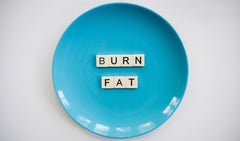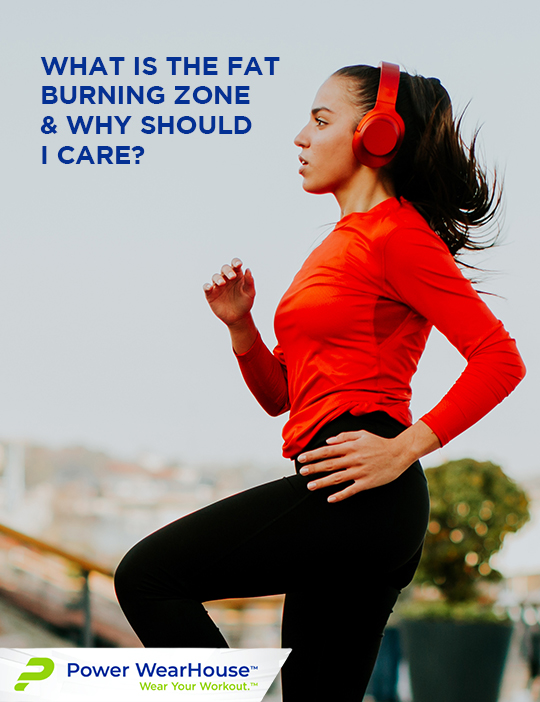When it comes to health goals, losing weight is most people’s primary motivation. After all, fat is seen as this villain of the aesthetic world and more than that, it negatively affects our body when it accumulates and increases our weight. Many people get into stringent exercise regimens because of their weight loss goals, but even after working hard and eating what seems the right diet, they don’t reach their weight loss goals as effectively. So if you are looking for ways to improve your exercise routine, there’s a secret that might help you!
“When it burns, is when you’re just getting started. That’s when you get stronger!”
Today, we’re talking about the “fat burning zone”, and no, we are not trying to promote a new gym. The fat-burning zone is a range of heart rates, different to each individual, where you can get the most out of your exercise in terms of fat burning if you operate at 60% of your maximum heart rate. Let’s understand something about our metabolism before we take a dive into this knowledge first.
Even a sedentary lifestyle requires energy, where you have little to no physical activity. This energy comes from carbs, proteins, fats, and phosphates. But the rate of these components’ consumption depends on a lot of factors, and this is where individuality comes into play. Take into account the number of factors involved, like diet, age, gender, and frequency & intensity of exercise.

Now, the intensity of the exercise is important because depending on the energy requirement, different components are broken down. So if your exercise level is mild and minimum, like a brisk post-dinner walk or jogging, your body doesn’t need much effort as sprinting would require. So the predominant energy comes from the fat source in the body. But as the intensity of exercise increases, the source changes to carbohydrates since fats can’t be metabolized as quickly.
While we’re resting, the energy needed by our body is low, so again fats are metabolized to source this energy requirement. So this means there is a zone of intensity between which we can say that fats are burnt the most, and that is between our resting state and just the point where carbohydrates start burning for energy needs. However, this is a wide range between which heart rates of 70 BPM to 160 BPM lie.
So the challenge here is to understand the fat and carbs balance when it comes to energy burning.
So how does one know when they are using fats or carbohydrates as an energy source?
Researchers have used a method to see how much air one expels after exercising to determine how much fat is used. Physiologists were able to determine the amount of fat and carbohydrates demanded by the body after exercises of varying intensities.
“VO2 max” is the amount of oxygen an individual can use during exercise. More carbohydrates start getting used when there is an increase in intensity and a person’s VO2 max shoots above 40-70%. The rate of fat burning starts declining at higher intensities of training. This indicates that the fat-burning zone of an individual is somewhere between 50-72% of their VO2 max.
Again, this completely depends on individuals and their bodies. For example, for overweight or obese people, this rate is somewhere between 24-46% of their VO2 max, and for high performing athletes, it is much higher than normal people.
Of course, everybody has a different ideal fat-burning zone, and they can help find your fat-burning zone with our help by clicking here.
There is no one-size-fits-all solution to weight loss. If there were, we’d be living in a world of herculean looking men and women, all in their best possible shapes. Exercising with weighted wearables within your fat-burning zone is just one of many things you need to do to meet your goals, including the right exercise routine, proper diet, proper fluid intake, and proper rest.
Hope you loved this article. Please share it with friends & family to spread the word.

